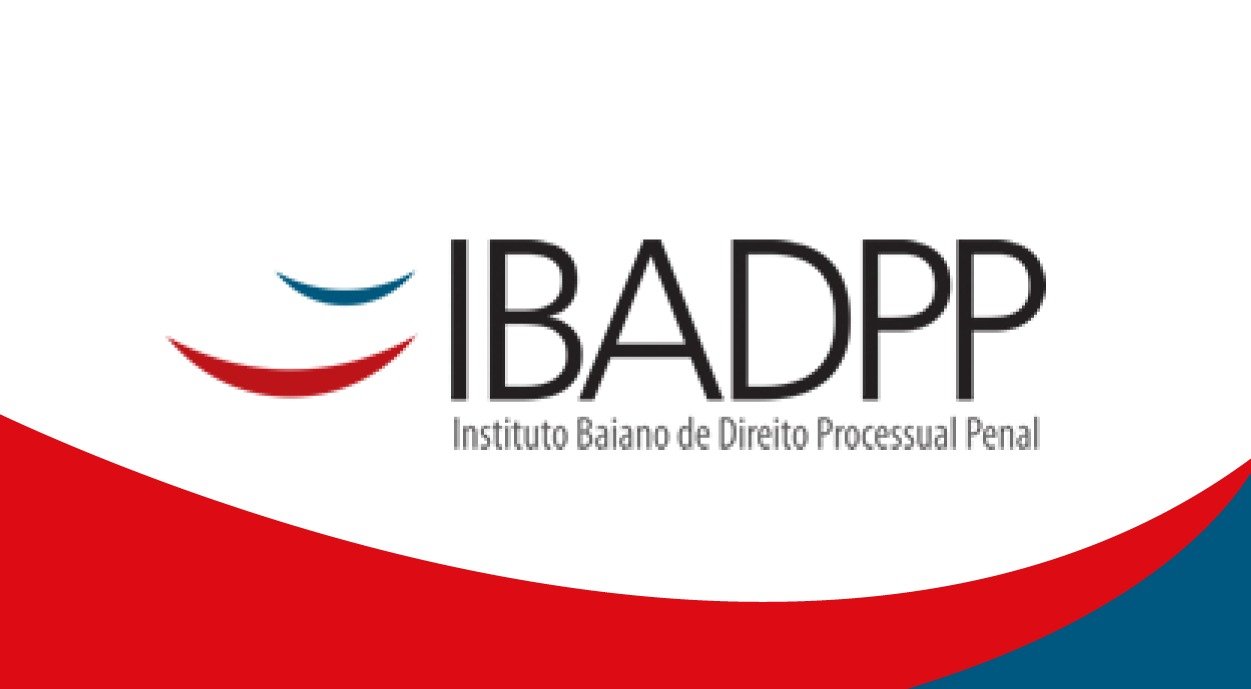Effective suffrage, no reelection
Francisco I. Madero
To recognize the challenges that we face today in Mexico it is important to understand the history of our political life. For this purpose, I will summarize in three points the most important reforms that enabled the Mexican political transition:
1) The political transition. Reforms in Mexico have had the objective of creating a great comprehensive reform project to establish a new regime and a new institutional model. That was the beginning of the transition to democracy which aimed to limit authoritarianism.
With the intention of understanding the political transition, it is necessary to inquire into what went wrong from 1917 to 1977.
The root of the problem came from excessive power concentrated in the executive branch (the president), which for decades was legally supported by the Mexican Constitution.
Those extraordinary powers allowed the president to decide important things, for example:
a) Political entities which were given registration to compete;
b) Established and controlled the rules of the elections, oversaw the results and counting votes;
c) Even though there were elections, the president could appoint and remove governors and mayors, and select the leader of the political party; and,
d) This power was not limited to the executive branch, and so, the president could appoint ministers of the Supreme Court of Justice.
That electoral system established an incredibly unequal access and distribution of power that inhibited pluralism and the multi-party system.
At that time, Mario Vargas Llosa explained that Mexico was the perfect example of a dictatorship, on the grounds that, although the country was operating under legal regulations, there was an evident lack of separation of powers and there was not a system of checks and balances.
Under these conditions, democracy was just an illusion, and the goal was to establish a presidential system in which the executive power would be limited through electoral, legal and institutional controls.
2) In the second stage, the democracy found the political shift, in which Mexico experienced a slow and gradual transformation, which allowed the country to undergo a transition from a system of hegemonic party (in this case the Revolutionary Party), to the idea of alternation.
It is important to mention that fundamental components for change were:
i) The pressure from civil society and political parties, which insisted on democratic reforms; and,
ii) The new distribution of political power, which permitted a radical transformation of the structure and function of the Mexican political system.
Therefore, the hegemonic party (which governed from 1929 to 2000) lost the elections. The opposition gained power and a real political transition began.
3) Finally, I consider that there is a third stage. It is the contemporary vision that can be understood as democratic consolidation where institutions in Mexico are still working to strengthen the rule of law, to guarantee the separation of powers, and to build a system of checks and balances, in order to ensure that no one branch of government becomes too powerful.
For the flawed democracies like Mexico, the most important step today is burying the legacy of corruption and impunity. Additionally, it is necessary to establish a government of laws and not of men.
Imagem Ilustrativa do Post: Albert V Bryan Federal District Courthouse – Alexandria Va – 0011 – 2012-03-10 / // Foto de: Tim Evanson // Sem alterações
Disponível em: https://www.flickr.com/photos/timevanson/6830726558
Licença de uso: http://creativecommons.org/licenses/by/4.0/legalcode





